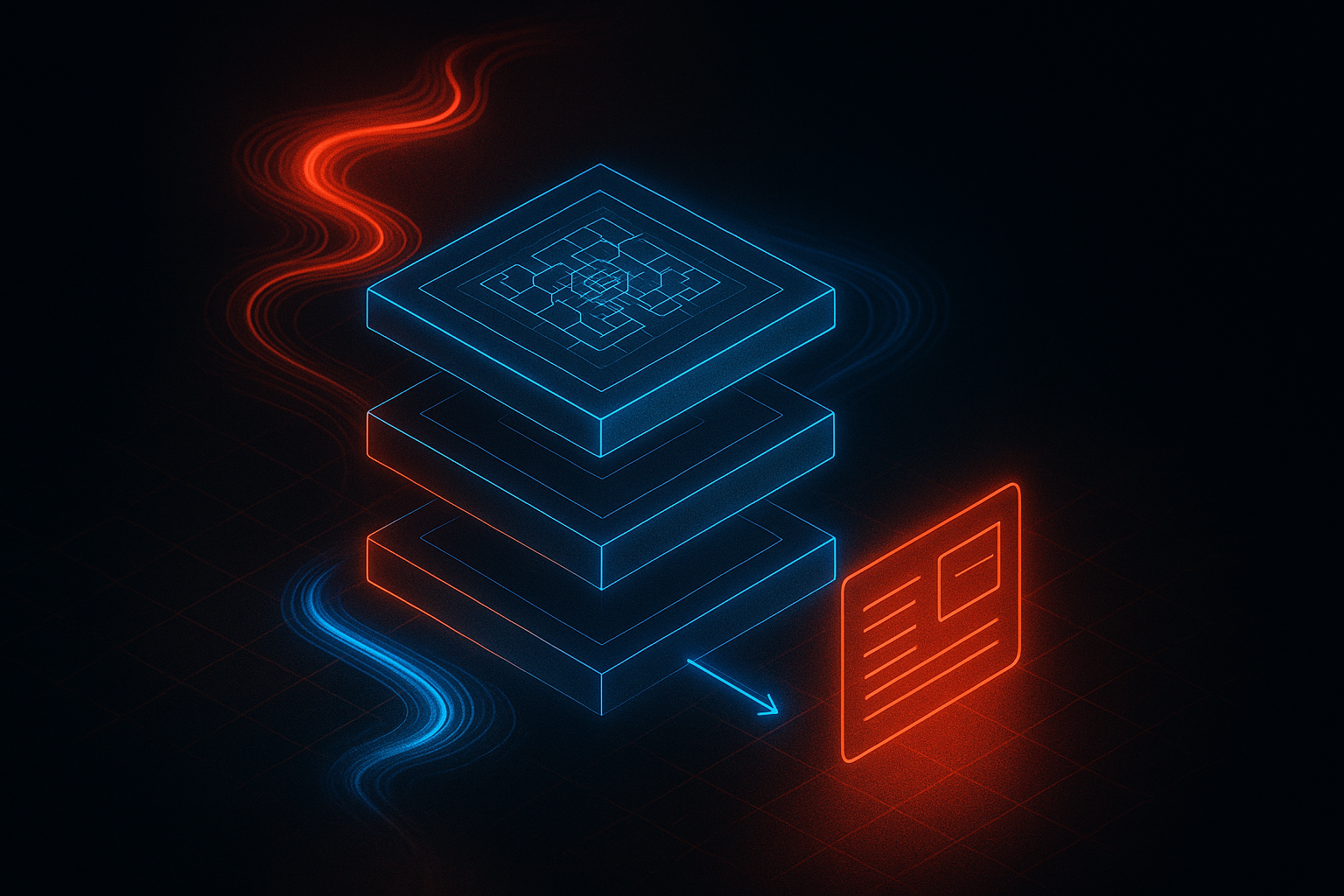A recipe for team success: problem solving with design sprints
Josh Fryszer, former Senior User Researcher in I&A in our New York studio, outlines how teams can use Design Sprints to solve complex problems.


Here at Beyond we get a kick out of solving complex problems with and for our clients. Often this sees us helping them define and solve problems for their customers. However, we’re equally comfortable assisting in tackling their own problems – typically caused by internal ways of working that can be outdated and broken.
Some examples of problems that we see include:
- Organizations and teams want to “innovate” but don’t know how to start. Those that do start are often under a lot of pressure to get it right but fail to produce an ROI.
- Cross-functional teams have issues aligning on core business objectives.
- A lack of real customer data for teams to base business decisions on.
- Meeting after meeting after meeting, involving never-ending discussions.
- Teams working towards an ambiguous, and often changing, end-goal.
- A loss of energy, morale and focus in teams and/or projects.
No organizations are immune from these problems, despite size, industry or people. Recently, I completed a Design Sprint Facilitator Masterclass with AJ&Smart and Jake Knapp, the inventor of the Design Sprint. The reason Jake created the Design Sprint was to help solve problems like these that he was experiencing so often in his own work.

The Design Sprint offers a ‘recipe’ for teams to follow in order for them to answer their most important business questions, all whilst fostering a culture of trust, collaboration and innovation.
The 4-5 day process establishes a clear direction by getting the right people in the room working together toward a clear and aligned goal. It requires an experienced facilitator who not only knows the process and when to move on, but can also act as an impartial party. This requires them to read the room and the dynamics of the people within it, and bring everyone together to work in a way which allows them to reach a successful outcome. The beauty of this process is that the activities are designed in such a way that all participants, regardless of title or seniority, are able to contribute and influence equally.
At a high-level, the sprint is broken up as follows:
Day 1:
- Define the challenge
- Produce solutions
Day 2:
- Vote on the best solutions
- Define the prototype through a storyboard
Day 3:
- Build prototype
Day 4:
- Test the prototype with five real customers
- Use feedback to define clear next steps
Now, I know you’re thinking there’s no way you’ll be able to get people together for the duration of the four or five day sprint. However, it’s important to realize that the opportunity cost of NOT doing so is far greater. Consider the weeks, if not months, of dead-end conversations and emails that happen on typical projects. Or worse, the money and time that is poured into launching something that your customers don’t actually want or need.

If you look at it from this perspective, getting these people together becomes a lot more ‘doable’ and a far better use of everyone’s time and money. In fact, if time is the deal-breaker, the key person only needs to be in the room for parts of the first two days of the sprint, helping to set goals and providing guidance for the other participants to focus on during the remainder of the sprint.
Once the sprint is complete and we have a validated prototype, we can begin building the product which we can be far more confident in, knowing that what we’re building is more likely to resonate with customers.
As you can see, the value of the Design Sprint is not only in its ability to answer critical business questions in 4-5 days, it’s equally about bringing people together in an environment where they can develop trust and collaboration, break down silos, and ultimately, get results and show what’s actually achievable. These are the longer lasting benefits of the Design Sprint. In fact, companies like Lego, Google, and Slack to name just a few, have experienced its benefits and have successfully integrated the Design Sprint into their ways of working.

So, whether you’ve got a big project that’s just starting out and are looking for direction, you’re faced with a challenge with no obvious solution, or you need a team to come together to solve a problem, then the Design Sprint might be for you. Furthermore, there’s a number of awesome smaller activities which can be borrowed from the Design Sprint to help you make better, faster decisions.
At Beyond, we use design and technology to create beautiful experiences that transform the world around us. If you’d like to learn more about Design Sprints, are interested in collaborating with us, or just want to say hello, get in touch.








